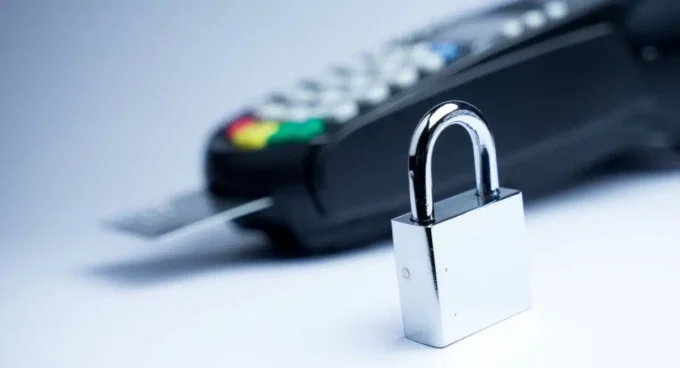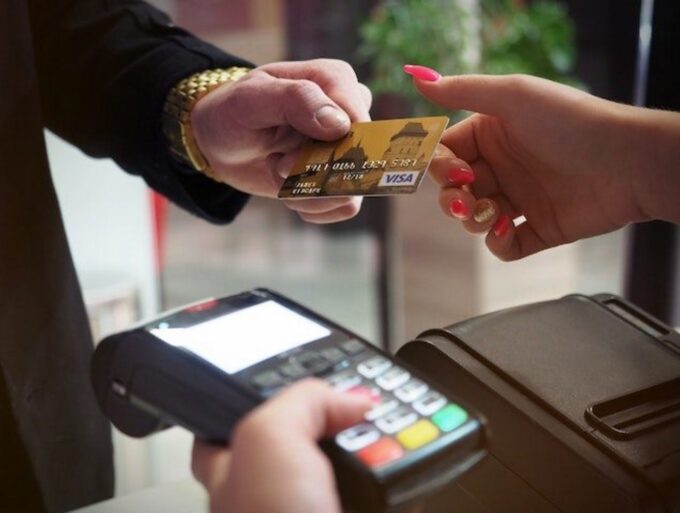The digital age has brought numerous conveniences, not least of which is the simplicity and speed of card machine transactions. However, this ease of use must be balanced with rigorous security measures to protect consumers and businesses alike. Among these measures, encryption stands out as a critical defender of data integrity and confidentiality. In this blog post, we’ll dive into the indispensable role of encryption in card machine transactions, demystifying the technology and highlighting its significance in our everyday financial interactions.
Understanding Encryption in Card Transactions

Source: mobiletransaction.org
Encryption, in its essence, is the process of transforming readable data into an unreadable format, ensuring that only authorized parties can decipher it. This fundamental concept is crucial in card transactions, where sensitive information must be shielded from unauthorized eyes.
Encryption employs algorithms to scramble data, making it inaccessible to anyone without the proper decryption key. In the context of card transactions, this means that when you swipe, insert, or tap your card, the information it contains is immediately encrypted. This includes your card number, expiration date, and security code. The encrypted data then travels securely through various networks, reaching the card issuer for approval without exposing your sensitive details to potential interceptors.
The necessity of encryption in financial transactions cannot be overstated. It acts as a formidable barrier against data breaches, identity theft, and fraud. Without encryption, your financial details would traverse the internet exposed, making them easy prey for cybercriminals.
The Role of Encryption in Transaction Security
While understanding encryption’s basic principles is essential, it’s equally important to recognize its specific applications and challenges within card machine transactions. This section delves deeper into the encryption mechanisms tailored for payment security and the continuous evolution required to counteract emerging threats.
End-to-end Encryption (E2EE) in Payment Processing
In payment processing, end-to-end encryption (E2EE) is particularly pivotal. E2EE ensures that data is encrypted from the moment it’s captured by the card machine until it reaches the final payment processor. This means that at no point during the transaction can the data be decrypted and read, except by the intended recipient. This method significantly minimizes the risk of data interception and misuse, providing a secure conduit for sensitive payment information.
Challenges and Future Directions

Source: cybermagazine.com
Despite the robust security encryption provides, the landscape of cyber threats is ever-evolving, presenting new challenges. Cybercriminals continuously develop sophisticated techniques to breach encryption defenses. Consequently, the financial industry must remain vigilant, constantly updating and strengthening encryption methods. Additionally, the advent of quantum computing poses a future risk to current encryption standards, prompting ongoing research and development to devise quantum-resistant encryption algorithms.
Conclusion
In conclusion, encryption is the unsung hero of secure card machine transactions, tirelessly working behind the scenes to protect sensitive data. Its role in maintaining the integrity and confidentiality of financial information cannot be understated, forming the backbone of consumer trust in the digital payment ecosystem. As technology advances and threats evolve, so too must our encryption strategies, ensuring that our financial transactions remain secure and private. The commitment to encryption today is a crucial investment in the security and confidence of tomorrow’s digital finance landscape.



